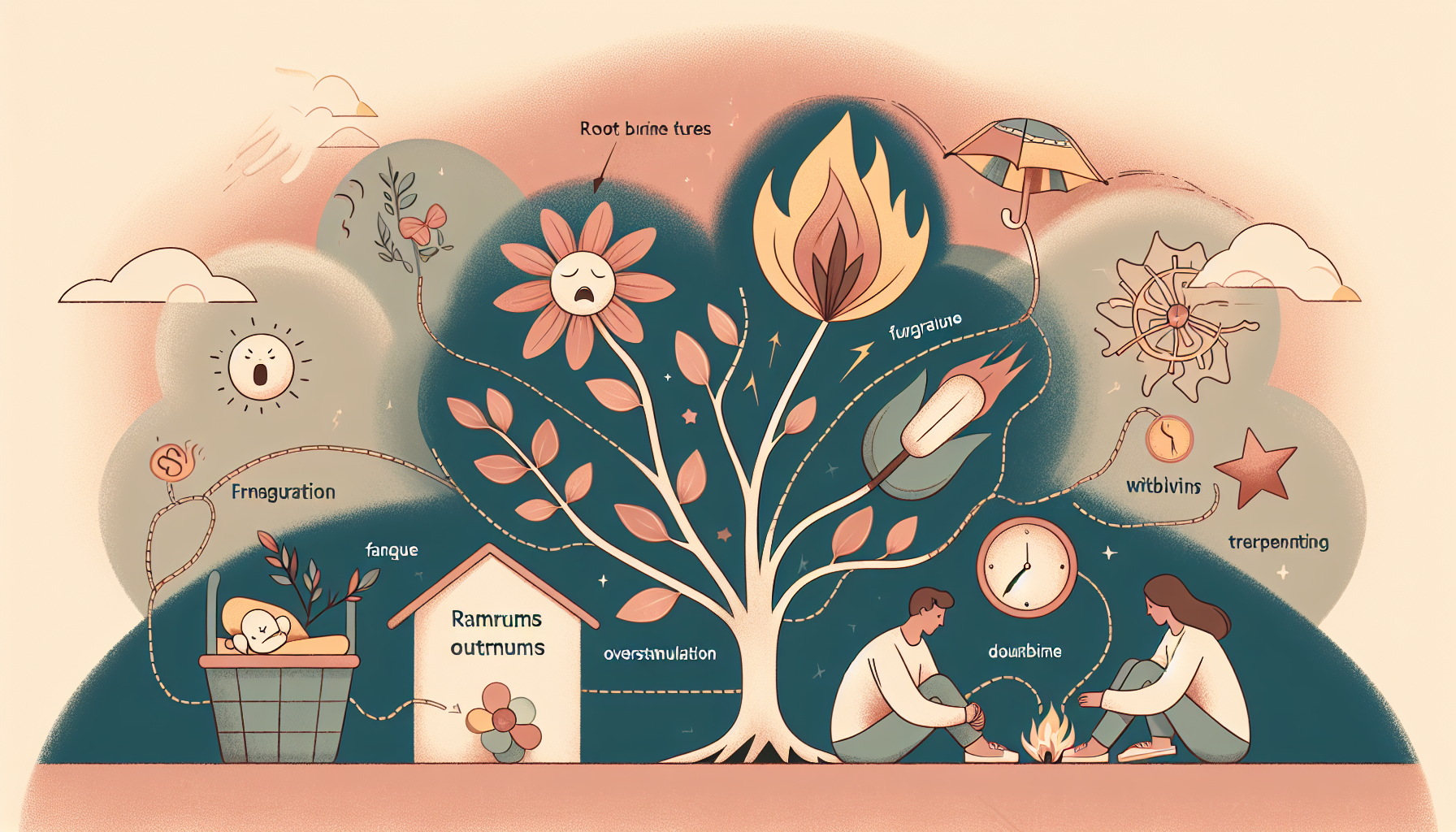“`html
Coping with Child Tantrums: Practical Parenting Strategies
Understanding and managing tantrums is a crucial part of developing healthy communication and fostering emotional growth in children.
Introduction
As a parent, one of the most challenging moments is dealing with your child’s tantrums. These emotional outbursts can happen anytime and anywhere, leaving you feeling frustrated, embarrassed, or unsure about how to respond. However, tantrums are a normal part of child development and can offer valuable insights into your child’s emotional world.
In this article, we’ll explore the causes of tantrums, effective parenting strategies for managing them, and practical tips to foster better communication with your child. By the end, you’ll feel more confident in your ability to handle these difficult moments while supporting your child’s emotional needs.
Understanding the Causes of Tantrums
To effectively cope with tantrums, it’s important to first understand why they occur. Tantrums are often a result of unmet psychological or physical needs. Here are some common triggers:
- Frustration: Children may throw tantrums when they can’t accomplish a task or communicate their needs effectively.
- Fatigue: Over-tiredness can lower a child’s ability to regulate their emotions.
- Hunger: A hungry child is more likely to become irritable and prone to outbursts.
- Desire for autonomy: As children grow, they crave independence. When they feel their autonomy is restricted, a tantrum may ensue.
- Overstimulation: Too much noise, activity, or sensory input can overwhelm a young child, leading to a meltdown.
Understanding these triggers allows parents to address the root cause of the tantrum rather than just the behavior itself.
How to Respond to a Tantrum
When a tantrum occurs, your response plays a significant role in shaping your child’s emotional development. Here are some research-backed strategies for responding effectively:
1. Stay Calm and Composed
Children often look to their parents for cues on how to react. If you remain calm, it helps de-escalate the situation. Practice deep breathing or count to ten before responding.
2. Validate Their Feelings
Let your child know that it’s okay to feel upset. Use phrases like, “I can see you’re really frustrated right now. It’s okay to feel that way.” Validation helps children feel understood and teaches them to identify emotions.
3. Set Clear Boundaries
While it’s important to empathize, it’s equally essential to set limits. For example, you might say, “I understand you’re upset, but hitting is not okay.” This reinforces acceptable behavior.
4. Avoid Giving In
If a tantrum is caused by a refusal or boundary you’ve set, stand your ground. Giving in reinforces the behavior and teaches the child that tantrums are an effective way to get what they want.
5. Offer Choices
Providing choices can help your child feel a sense of control. For instance, if they’re upset about bedtime, you could ask, “Would you like to read one book or two books before bed?”
Practical Tips for Preventing Tantrums
While tantrums are inevitable, there are steps you can take to minimize their occurrence. Here are some proactive parenting strategies:
- Maintain a Routine: Predictability helps children feel safe and reduces anxiety, which can prevent outbursts.
- Ensure Basic Needs Are Met: Make sure your child is getting enough sleep, nutritious food, and downtime.
- Teach Emotional Regulation: Introduce your child to simple techniques like deep breathing or counting to ten to help them calm down.
- Use Positive Reinforcement: Praise your child when they handle frustration well. For example, “I’m so proud of how you stayed calm even though you were upset.”
- Prepare for Transitions: Let your child know what’s coming next. For instance, “In five minutes, we’re leaving the park to go home.”
How Tantrums Support Emotional Growth
Although tantrums can be exhausting, they play a crucial role in your child’s emotional development. Here’s how:
- Building Emotional Awareness: Tantrums provide an opportunity for children to learn about their emotions and how to express them appropriately.
- Fostering Resilience: When parents guide children through difficult emotions, they help build coping skills for future challenges.
- Strengthening Bonds: Responding to tantrums with empathy and patience strengthens the parent-child relationship, fostering trust and security.
When to Seek Professional Help
Most tantrums are a normal part of childhood, but in some cases, they may signal underlying issues. Consider seeking help from a child psychologist or counselor if:
- Your child’s tantrums are frequent and intense.
- The tantrums interfere with daily activities or relationships.
- Your child shows signs of anxiety, depression, or other emotional challenges.
For more guidance, explore our resources on child behavior and parenting strategies.
Conclusion
Coping with tantrums is a challenging yet essential part of parenting. By understanding the causes behind your child’s outbursts and responding with empathy and structure, you can help your child develop emotional regulation skills and strengthen your relationship.
Remember, tantrums are an opportunity to teach your child about emotions and problem-solving. With patience and consistency, you’ll not only reduce tantrum frequency but also foster a happier, more emotionally resilient child.
For more parenting tips and resources, visit our Child Mind website.
“`

